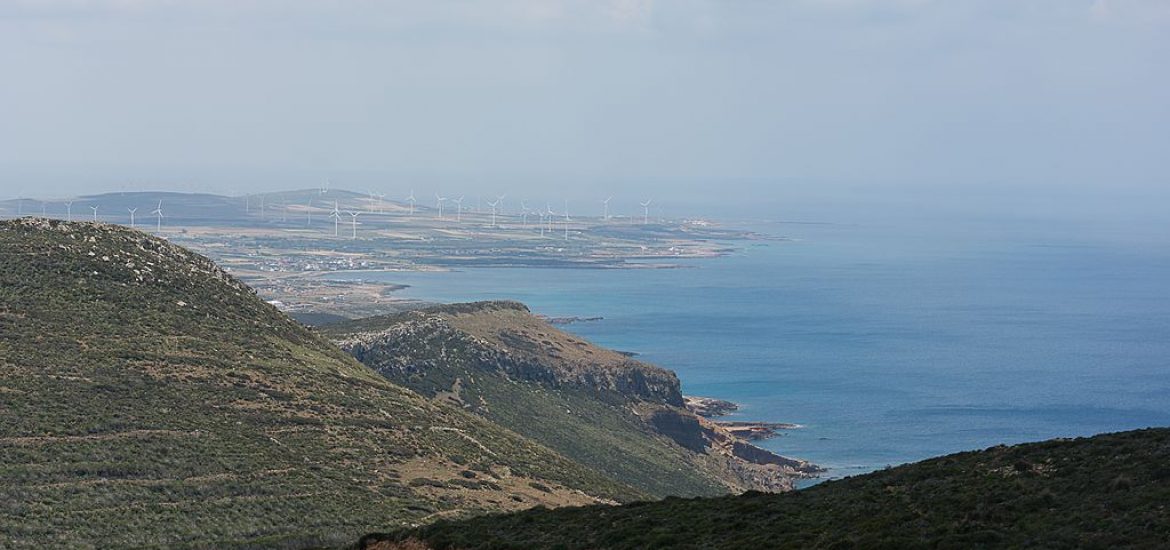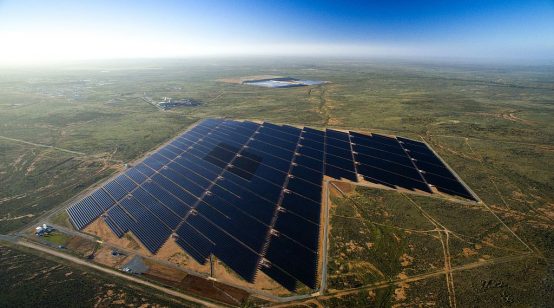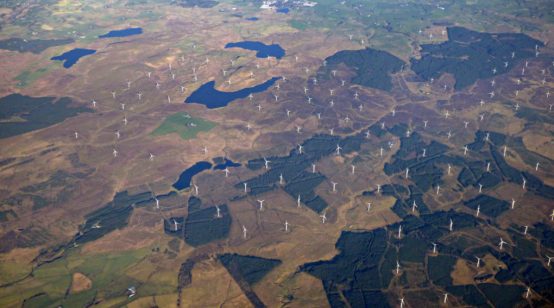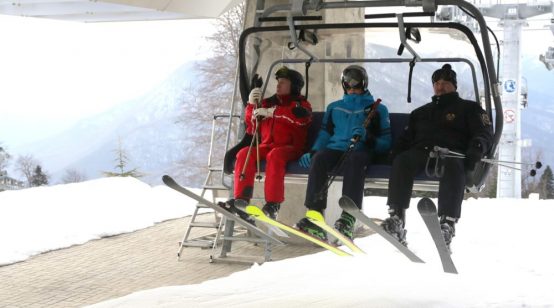
Italy and Tunisia have agreed to push ahead with the 600-megawatt Elmed Mediterranean power interconnector linking their power grids.
The proposed €600-million link in 2017 was designated as an EU Project of Common Interest and is eligible for funding from Brussels.
Italy imports 90 per cent of its energy.
Italian deputy prime minister Luigi di Maio and the Tunisian industry minister, Slim Feriana, signed the deal for the direct-current link between Partanna on Sicily to El Hawaria in Tunisia (pictured).
The link would make it possible to integrate the two electricity markets, significantly improving the interconnection of the EU system with north Africa, said Di Maio, who is also the economic development minister.
The underwater cable was estimated at 192km with 32km being laid underground in Sicily and 5km in Tunisia.
The partners were originally planning a 1-gigawatt power cable and a 1.2 GW power plant in Tunisia which would send around 800 MW of energy to southern Italy.
In 2011, the heavy European recession and the resulting drop in power demand led to overcapacity in Italy.
It was subsequently agreed to downsize the cable to 600 MW and to ditch the Tunisian power station.
Italy’s Terna and Steg (Société tunisienne de l’électricité et du gaz) in Tunisia are due to complete the project by 2025, the European Network of Transmission System Operators for Electricity reported.
Sicily and southern Italy have most of the 20 GW of Italy’s installed solar power capacity while hosting most new projects also under development or construction.
The World Bank funded the feasibility study. The Washington-based institution said: “The Elmed interconnector is strongly supported by the governments of Italy and Tunisia, and by the European Union as well as by other countries such as Germany and Algeria.”
Half of the funding is expected to come from the EU and the rest from public-private partnerships, according to the authorities in Rome.
The link would boost Tunisian renewable development by providing access to large back-up power capacity and ease the integration of intermittent solar and wind power into the Tunisian grid, the World Bank said.
Brussels stated that “the project will contribute to reduce, under specific conditions, present and future limitations to the power exchanges on the northern Italian border, with France, Switzerland, Austria and Slovenia, and therefore it will allow to significantly increase the transmission capacity and its exploitation by at least 500 MW on that boundary”.
Wind turbines at El Hawaria in Tunisia. Picture credit: Wikimedia





